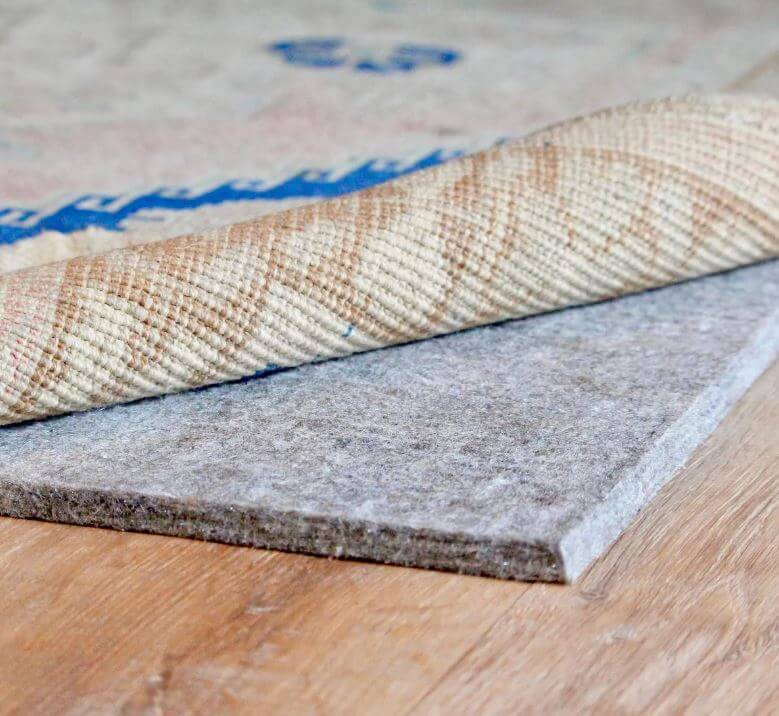Comfort and Softness: A quality underlay adds a layer of cushioning, making your carpet feel softer and more comfortable to walk on. It absorbs the impact of foot traffic, reducing stress on your joints and providing a luxurious underfoot feel.
Sound Absorption: Carpet underlay has sound-absorbing properties, reducing noise transmission between floors. It helps dampen footsteps and other sounds, contributing to a quieter and more peaceful living environment.
Insulation: The underlay acts as an additional insulating layer between the floor and the room. It helps retain heat in colder months and provides a thermal barrier against cold air from the subfloor, improving energy efficiency and comfort.
Protects Carpet: Underlay helps protect the carpet from wear and tear. It acts as a shock absorber, reducing the stress on the carpet fibers, and preventing premature flattening or matting.
Increases Carpet Lifespan: By providing extra support and cushioning, underlay extends the life of your carpet. It reduces the impact of heavy furniture and foot traffic, helping the carpet maintain its appearance and structural integrity for longer.
Prevents Carpet Movement: Underlay helps keep the carpet in place, preventing it from shifting or wrinkling. This stability ensures a neat and uniform appearance, reducing the need for frequent adjustments or re-stretching.
A Guide to Selecting the Perfect Carpet Underlay for Your Needs?
Selecting the perfect carpet underlay is essential to ensure comfort, durability, and longevity for your carpeted floors. Here’s a comprehensive guide to help you choose the right carpet underlay for your needs:
Consider Your Flooring Type:
Different underlays are suitable for various flooring types, such as concrete, wood, or tiles. Make sure to select an underlay that is compatible with your specific floor to achieve optimal performance. Determine the level of foot traffic in the area where the carpet will be installed. For high-traffic areas, choose a denser and more durable underlay to withstand wear and tear.
Evaluate Comfort Levels:
Consider the level of comfort you desire. Thicker and denser underlays provide superior cushioning and a softer underfoot feel. If comfort is a top priority, opt for a luxurious underlay with higher density and thickness.
Moisture Resistance:
In areas prone to moisture, such as basements or bathrooms, choose an underlay with moisture-resistant features to protect your carpet from mold and mildew growth. For rooms that require additional warmth, opt for an underlay with thermal insulation properties. Heat-insulating underlays help retain warmth, improving energy efficiency and comfort.
Environmental Impact:
Consider eco-friendly options if sustainability is a priority for you. Some underlays are made from recycled materials and are more environmentally conscious choices. Underlay density affects its durability and performance. Higher-density underlays are more resilient and suitable for high-traffic areas, while lower-density underlays are ideal for areas with lighter foot traffic.
Look for Certifications:
Look for underlays that have received certifications for quality and safety standards, such as CRI Green Label or British Standards. Set a budget and choose an underlay that aligns with your financial plan. While higher-quality underlays tend to be more expensive, they offer superior performance and durability, making them a worthwhile investment.

Comments